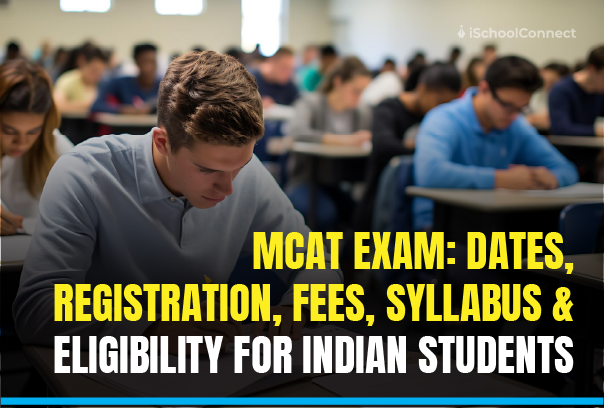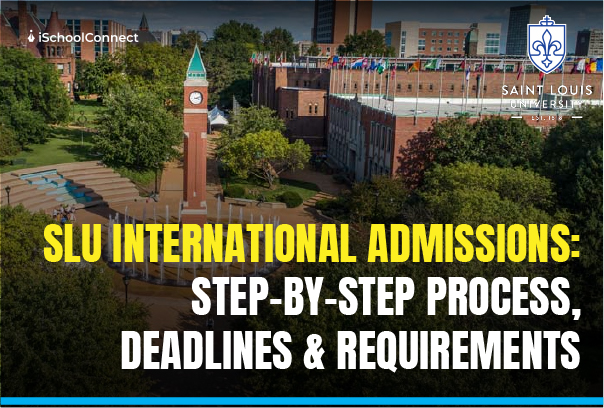Table of Contents
Stanford University MS Program | An overview
Known for its cutting-edge research, innovative programs, and vibrant campus life, Stanford University is a dream destination for many students. The MS program at Stanford is one of the most sought-after graduate programs in the world, attracting top-notch students from all over the globe.
With over 65 departments and programs offering MS degrees, students can choose from various specializations, including computer science, electrical engineering, mechanical engineering, physics, and many more.
Whether you’re a prospective student or simply curious about this iconic institution, join us as we explore more about Stanford University and how to craft a great SOP to increase your chances of admission.
Importance of a strong SOP for Stanford MS applications
The statement of purpose is a critical component of the application process for any graduate program, including Stanford University’s MS program. This document serves as your chance to showcase your unique qualities, experiences, and achievements to the admissions committee.
A strong SOP can help you stand out from applicants with similar academic backgrounds and increase your chances of being accepted into the program.
The SOP gives the admissions committee a glimpse into your personality, motivations, and future goals. It is an opportunity to showcase your passion for the field and demonstrate how the program will help you achieve your academic and professional objectives.
Eligibility criteria for MS at Stanford University
Bachelor’s degree: The applicant must have completed a bachelor’s degree from a recognized institution.
Academic performance: You must have a strong academic record with a minimum 3.0 GPA (on a scale of 4.0) or equivalent.
Standardized tests: The applicants must submit their GRE (Graduate Record Examination) scores and the application.
Letters of Recommendation: You are required to submit three LORs (letters of recommendation). These can be academic or professional references who can comment on their potential for graduate study.
Statement of Purpose: Students must submit a well-written statement of purpose (SOP) that outlines their academic and career goals. Your SOP must also detail how the MS program at Stanford University will help them achieve those goals.

Tips for crafting a winning SOP for Stanford MS
- Start early: Writing a compelling SOP takes time. So start early to give yourself enough time to brainstorm, draft, and revise your document.
- Research the program: Before you start writing your SOP, it’s important to research the program. This will help you understand the program’s curriculum, faculty, and research areas. Use this information to tailor your SOP to the program.
- Highlight your accomplishments: Use your SOP to highlight your academic and professional accomplishments. Provide specific examples of projects you have completed. You can also showcase research you have conducted to demonstrate your knowledge and expertise in the field.
- Explain your motivations: The admissions committee wants to understand why you want to pursue a degree in this field. Use your SOP to explain your motivations. This can include any personal experiences or challenges that have inspired you to pursue this path.
- Be specific: Avoid vague statements and generalizations in your SOP. Instead, use specific examples and concrete details to demonstrate your skills and knowledge in the field.
- Show your fit: Explain why you believe the program is a good fit for your academic and professional goals. Provide examples of how the program aligns with your interests and career aspirations.
- Keep it concise: The admissions committee reads hundreds of SOPs each year. So it’s important to keep your document concise and to the point. Avoid repeating information that can be found elsewhere in your application.
- Proofread: Finally, proofread your SOP carefully for grammar and spelling errors. You may also want to have someone else review your document for feedback.
Write with confidence with our writing mentor tool
Preparing to study abroad as a student demands a compelling essay or SOP that highlights your skills, experience, and objectives. This is where our writing mentor tool proves to be helpful! Our effective tool is designed for students like you. It analyzes your grammar and detects plagiarism while suggesting content improvements to enhance your essay or SOPs.
With our writing mentor, you can write confidently, knowing that your writing will make a remarkable impression on admissions committees. Try our tool today and take the first step toward success!
Key takeaways
- Stanford University is a prestigious institution known for its exceptional academic programs in various fields.
- Admission to the MS program at Stanford University is highly competitive. Applicants must meet specific eligibility criteria and submit a strong application package.
- The application process for the MS program at Stanford University involves several steps. This includes online application submission, transcripts, test scores, and recommendation letters.
- The statement of purpose (SOP) is a crucial component of the application package. Your SOP should highlight the applicant’s academic and professional background, research interests, and career goals.
- Tips for writing a strong SOP include researching the program and showcasing relevant experiences. You can also show your clear motivation for pursuing the MS program at Stanford University.
Writing a winning SOP for the MS program at Stanford University takes time, effort, and careful consideration. But you can improve your chances by following the tips outlined in this guide. You can create a document that showcases your unique qualities, experiences, and achievements and sets you apart from other applicants.
If you have any questions regarding study abroad applications or writing a winning SOP, you can always reach out to us.
Liked this blog? Read next: Women in STEM scholarships | Your handy guide!
FAQs
Q1. How long should my SOP be?
Your SOP should be no longer than two pages, single-spaced. You should be focused in your writing, highlighting only the most important aspects of your background, experiences, and motivations.
Q2. Can I include personal anecdotes in my SOP?
Yes. But make sure that any anecdotes you include are relevant to your application and demonstrate your fit for the program. Don’t include unrelated or frivolous stories, as they may detract from your overall message.
Q3. How can international students finance their MS program at Stanford University?
International students can apply for financial aid, scholarships, and fellowships to finance their MS program at Stanford University. They can also explore external funding sources such as government-sponsored programs and private foundations.






